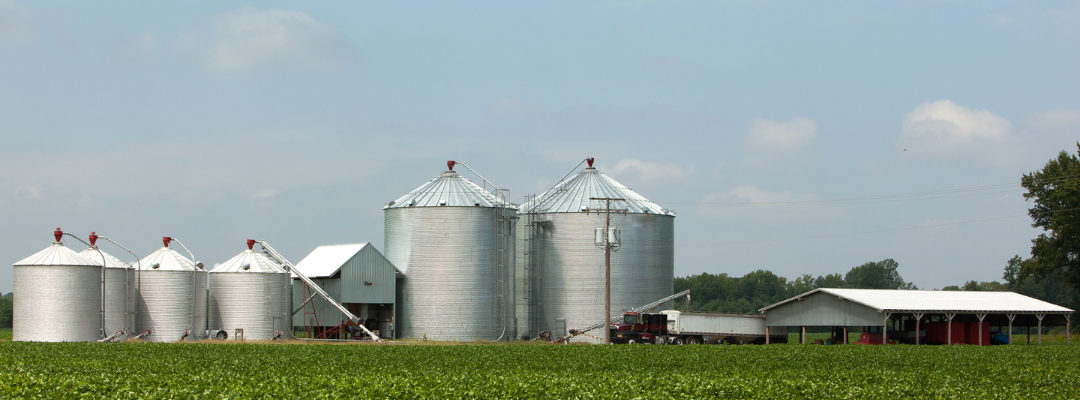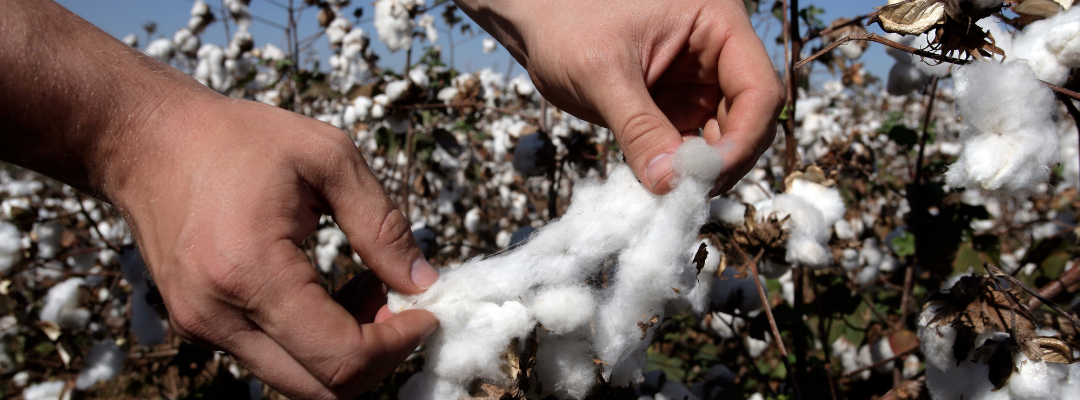Since the early 2000’s, global economic growth has been driven by emerging market and developing economies (Figure 1). Since 2000, the average annual increase in Gross Domestic Product (GDP) from this group of nations has been five percent, compared to just under two percent for advanced economies. The “altered economic landscape” of the 21st century that drove this growth includes technical change (the internet, and access to it), lower transportation and communication costs, reductions in tariff rates and other barriers to trade, in general, lower costs of international trade. This transformation reduced poverty and improved living standards across much of the globe (Krueger, 2006).
Figure 1. Global Economic Growth, Annual Percentage Change, GDP, 1980-2022, 2023-2027 projected

Average incomes in the largest economies within the category of ‘Emerging market and developing economies’—Brazil, Russia, India, China, Mexico, Indonesia, Vietnam, Philippines, Thailand, Malaysia, a group that accounts for half of the world’s population—started to rise rapidly in 2003 (Figure 2) (IMF, 2022). Measured in current $US, the average income in these ten countries (weighted by population) from 1980 to 2002 increased from $433 to $1,232, about $35 per year. Incomes grew from $1,356 in 2003 to $6,319 in 2020, about $275 per year.
Figure 2. Emerging Economies Gross National Income Per Capita and World Per Capita Grain Use

This economic activity has had a direct impact on grain markets. While world grain consumption (barley, corn, millet, mixed grains, oats, rice, rye, sorghum, and wheat) increased steadily from 1980 to 2002, per capita grain consumption was flat to trending lower from 1980 to 2002. Beginning in the 2003/2004 marketing year, per capita consumption began to increase along with incomes in emerging economies, from 312 kg per person to 364 kg per person in 2021/22, an increase of 17 percent. As incomes grew in emerging economies, so did the demand for grain—for food, feed, and fuel—in the subsequent marketing years. For comparison, per capita grain use in the rest of the world (all countries other than emerging economies) increased seven percent from 2003/04 to 2021/22. Measuring consumption on a per capita basis accounts for overall population growth experienced in these emerging economies over this time span.
Since 2003, there have been five marketing years in which a decline in production has been associated with a drop in per capita use: 2006/2007, 2012/2013, 2015/2016, 2017/2018, and projections for the new marketing year, 2022/2023 (Table 1). In 2012/13 and 2015/16, the setback in grain use was short lived, in that after a one-year decrease, consumption increased to a new, higher level in the year following. That increase in use coincided with increased production and a continued rise in average incomes.
Table 1. World Grain Production* and Per Capita Grain Use
| Marketing Year | World Grain Productionmmt | Production Change mmt | Per Capita Grain UseKg/person | Use Change |
| 2003/2004 | 1,866 | 43 | 312 | 1.97 |
| 2004/2005 | 2,044 | 178 | 315 | 3.43 |
| 2005/2006 | 2,017 | (27) | 317 | 2.02 |
| 2006/2007 | 2,005 | (12) | 316 | (0.71) |
| 2007/2008 | 2,132 | 127 | 322 | 5.46 |
| 2008/2009 | 2,252 | 120 | 327 | 5.48 |
| 2009/2010 | 2,253 | 1 | 330 | 2.78 |
| 2010/2011 | 2,213 | (40) | 330 | 0.15 |
| 2011/2012 | 2,344 | 130 | 339 | 9.02 |
| 2012/2013 | 2,296 | (48) | 329 | (10.71) |
| 2013/2014 | 2,512 | 217 | 343 | 14.41 |
| 2014/2015 | 2,560 | 48 | 346 | 3.25 |
| 2015/2016 | 2,518 | (42) | 341 | (4.80) |
| 2016/2017 | 2,668 | 150 | 358 | 16.39 |
| 2017/2018 | 2,619 | (49) | 354 | (4.25) |
| 2018/2019 | 2,632 | 13 | 355 | 1.98 |
| 2019/2020 | 2,680 | 48 | 356 | 0.44 |
| 2020/2021 | 2,724 | 44 | 361 | 5.03 |
| 2021/2022 | 2,794 | 69 | 364 | 3.06 |
| 2022/2023p | 2,765 | (28) | 360 | (4.32) |
Source: USDA, FAS PSD
Due to mostly geopolitical events, the 2022/2023 marketing year for grains is shaping up as a short crop year. Inflation, rising interest rates, and lingering pandemic impacts are among the factors limiting economic growth prospects in the near term. Among the factors that will determine whether we extend the recent trend in world per capita grain use are future crop production levels and global economic conditions. The combination of a short-crop and a slowdown in income growth can impact per capita grain use beyond the current marketing year.
References:
Krueger, Anne O. “The World Economy at the Start of the 21st Century”, International Monetary Fund, Annual Gilbert Lecture, Rochester University, New York, April 6, 2006. Accessed May 31, 2022 and available online at https://www.imf.org/en/News/Articles/2015/09/28/04/53/sp040606.
International Monetary Fund (IMF). IMF Datamapper. Accessed May 31, 2022 and available online at https://www.imf.org/external/datamapper/NGDP_RPCH@WEO/OEMDC/ADVEC/WEOWORLD.
USDA, Foreign Agricultural Service. Production, Supply and Distribution (PSD). Accessed June 8, 2022 and available online at https://apps.fas.usda.gov/psdonline/app/index.html#/app/home.
World Bank. DataBank. Accessed June 8, 2022 and available online at https://databank.worldbank.org/home.aspx.
Welch, J. Mark. “World Per Capita Grain Consumption and Global Economic Growth“. Southern Ag Today 2(25.1). June 13, 2022. Permalink










